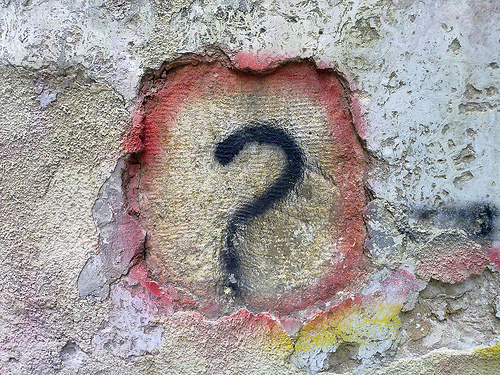
About a month ago, we reported on a retraction by Pamela Ronald, of the University of California, Davis, and colleagues. We noted then that this was a case of scientists doing the right thing. Ronald contacted us after that post ran, and let us know that there would be another retraction shortly. That retraction notice has now appeared, in Science: Continue reading Pamela Ronald does the right thing again, retracting a Science paper








